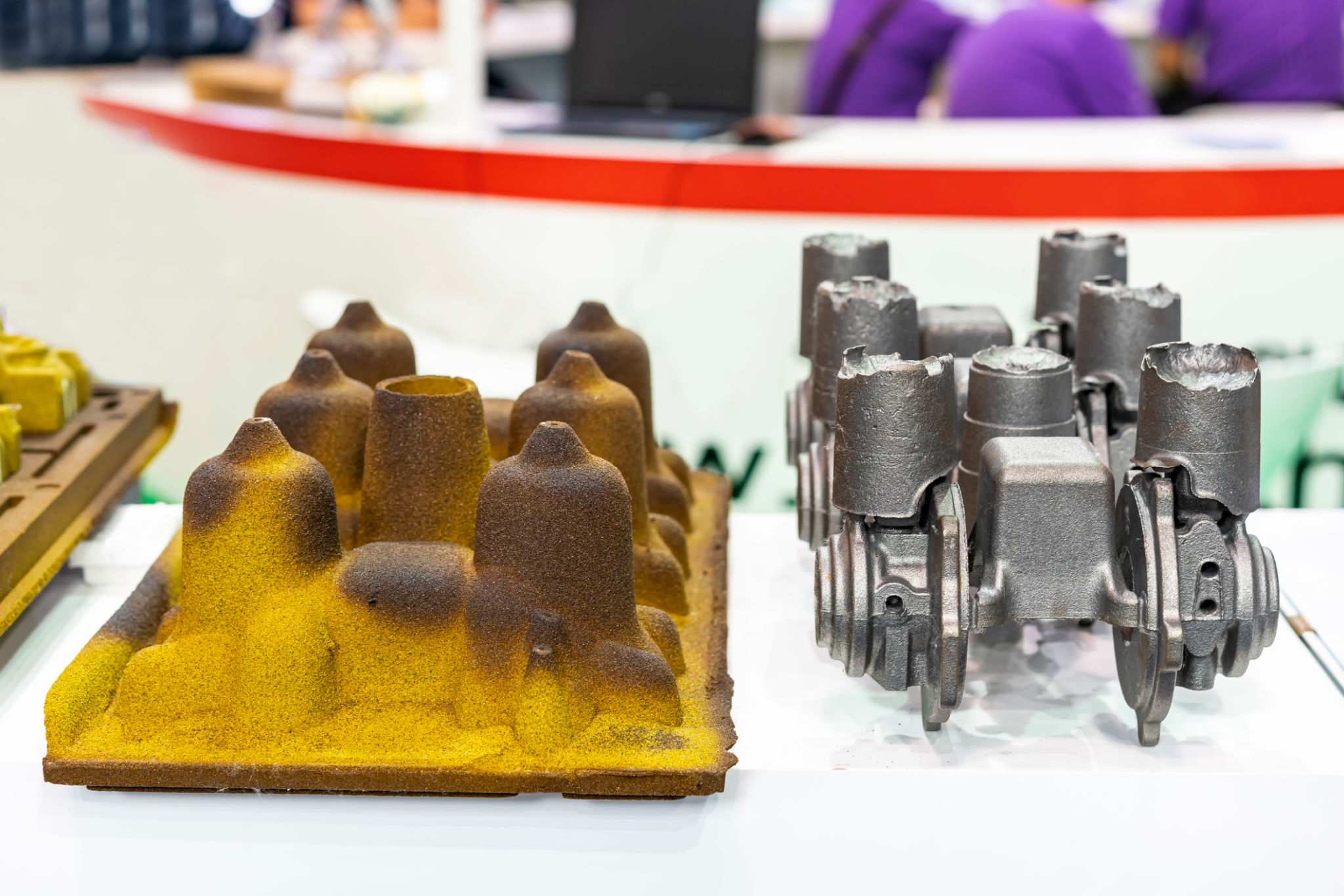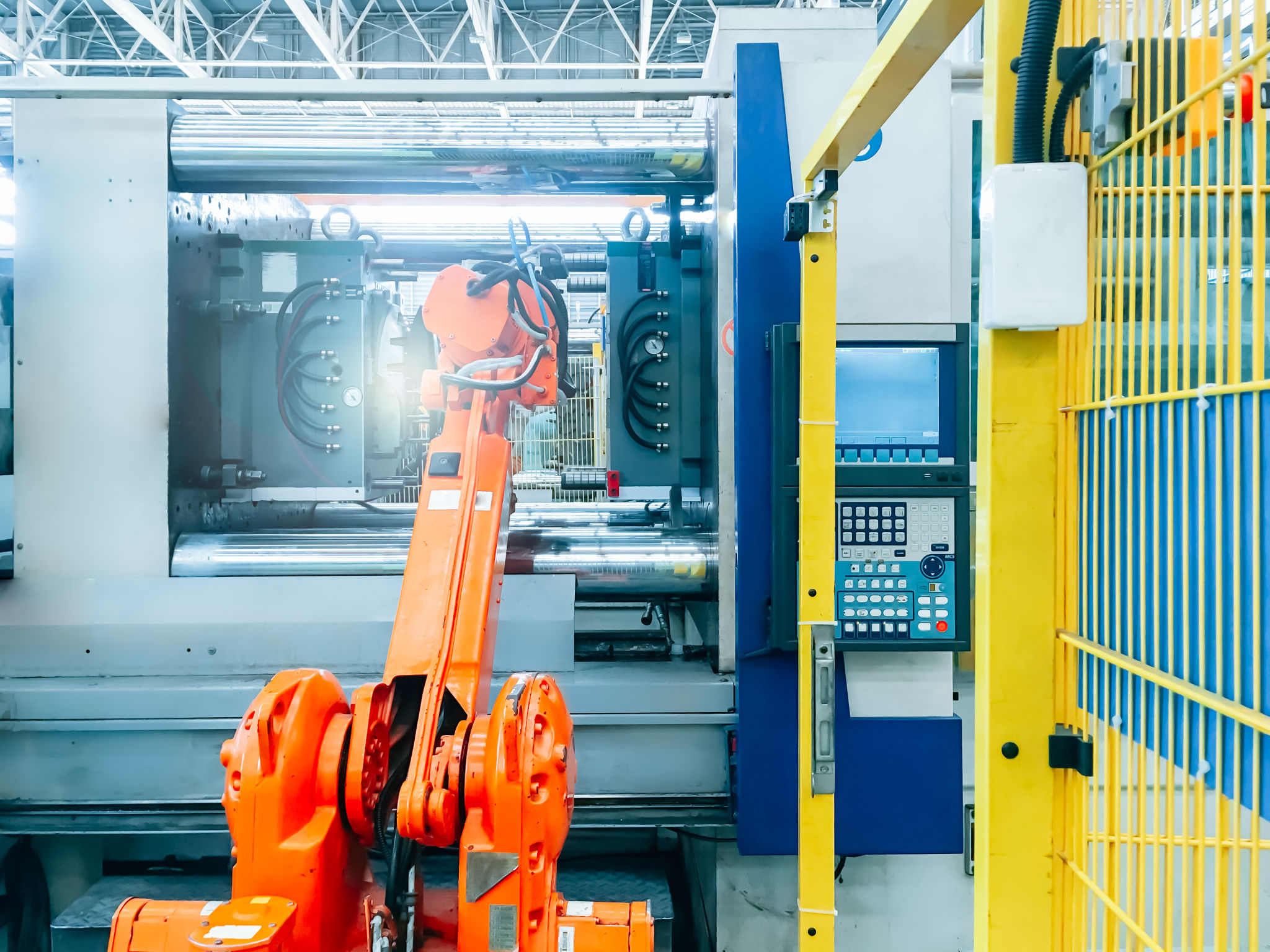Common Misconceptions About Metal Casting and How to Avoid Them
Understanding Metal Casting
Metal casting is a complex process that has been used for centuries to create a wide variety of products. Despite its long history, there are several misconceptions about metal casting that can lead to misunderstandings and mistakes. It's essential to have a clear understanding of the process to maximize efficiency and quality in production.
One common misconception is that metal casting is a simple, one-step process. In reality, casting involves multiple steps, including designing the mold, melting the metal, pouring it into the mold, and allowing it to cool and solidify. Each step requires precision and expertise to avoid defects in the final product.

Misconception 1: All Metals Can Be Cast Easily
Another widespread belief is that all metals can be cast with the same ease. However, different metals have different properties, such as melting points and viscosities, which affect how they behave during the casting process. For instance, some metals may require specialized equipment or conditions to cast effectively.
To avoid this pitfall, it's crucial to understand the specific requirements of the metal you are working with. Consulting material data sheets and working with experienced foundry professionals can help ensure that you select the appropriate techniques and equipment for your project.
Misconception 2: Casting Always Results in Perfect Products
Many people assume that once a mold is created, every product cast from it will be identical and flawless. The truth is that casting can result in variations and imperfections if not carefully controlled. Factors such as mold design, cooling rates, and impurities in the metal can all contribute to defects.

To minimize these issues, implement rigorous quality control measures throughout the casting process. Regular inspections and testing can help identify potential problems early, allowing for adjustments before production continues.
Misconception 3: Casting Is an Outdated Technology
Some believe that metal casting is an outdated method, overshadowed by modern manufacturing techniques like 3D printing. However, casting remains a vital process in many industries due to its ability to produce complex shapes and large volumes efficiently.
Advancements in technology have enhanced traditional casting methods, making them more precise and cost-effective. By staying informed about these innovations, businesses can leverage the strengths of metal casting to remain competitive in today's market.

Misconception 4: Cost Is the Only Concern
Another common myth is that cost is the primary consideration in metal casting. While budget is undoubtedly important, focusing solely on cost can lead to subpar results. Quality, durability, and performance are equally crucial factors that should not be overlooked.
To ensure a successful project, balance cost considerations with quality assurance practices. This approach will result in products that meet both budgetary constraints and performance expectations.
Avoiding Misconceptions for Success
Understanding and addressing these misconceptions about metal casting can dramatically improve your production outcomes. By recognizing the complexities involved and adopting best practices, businesses can enhance their manufacturing processes and produce high-quality products consistently.
Ultimately, staying informed and working with knowledgeable professionals will enable you to navigate the challenges of metal casting effectively, ensuring success in your projects.
